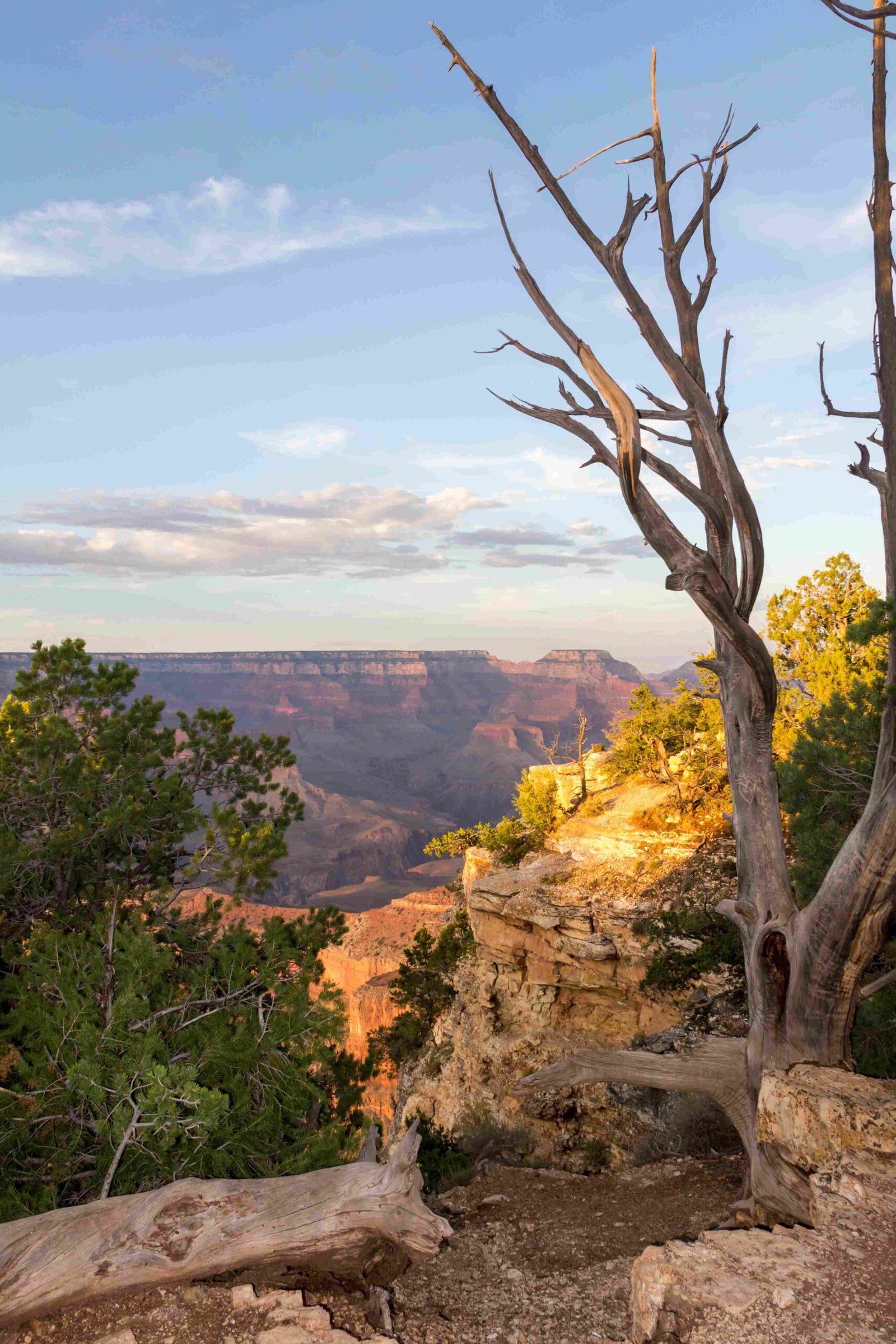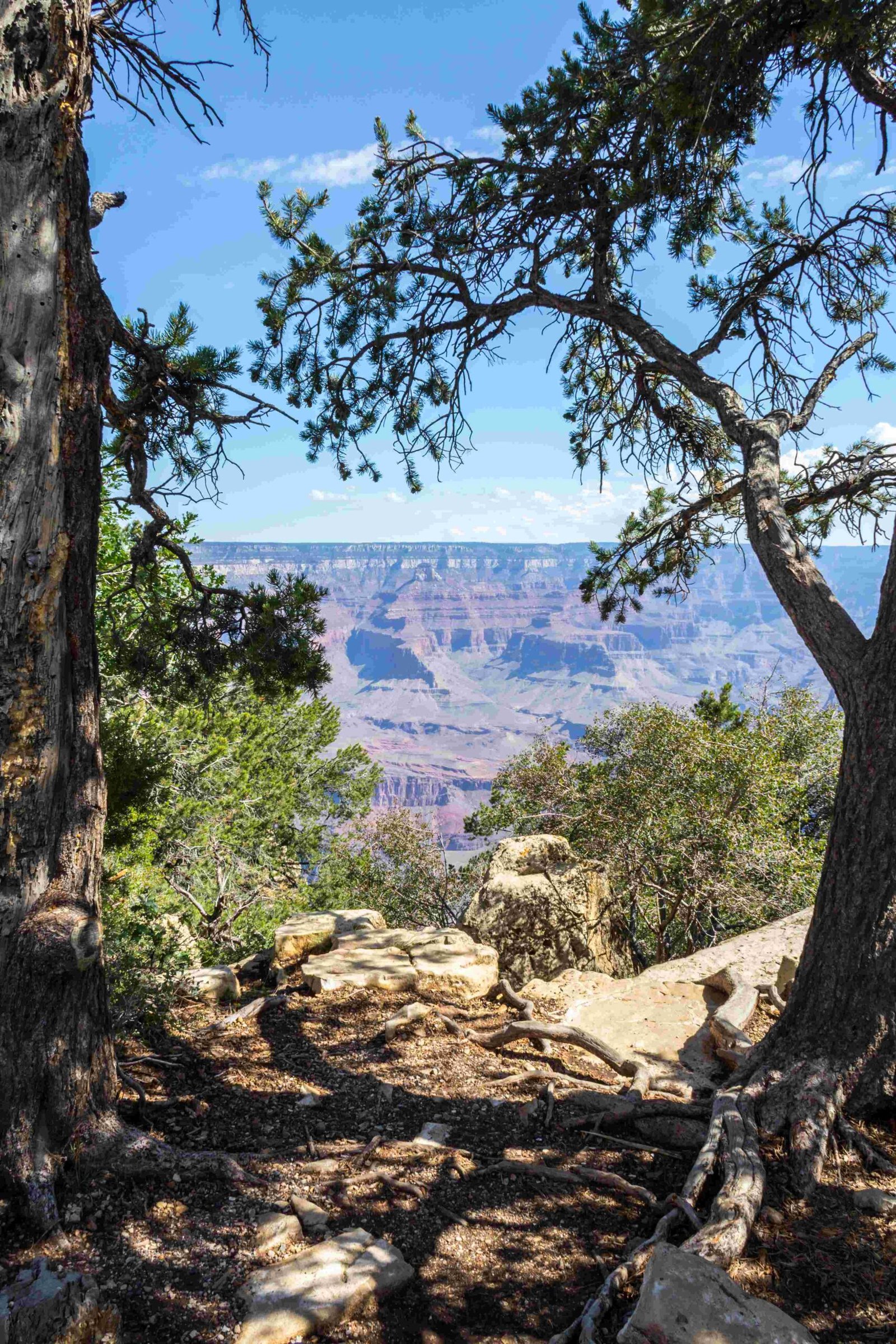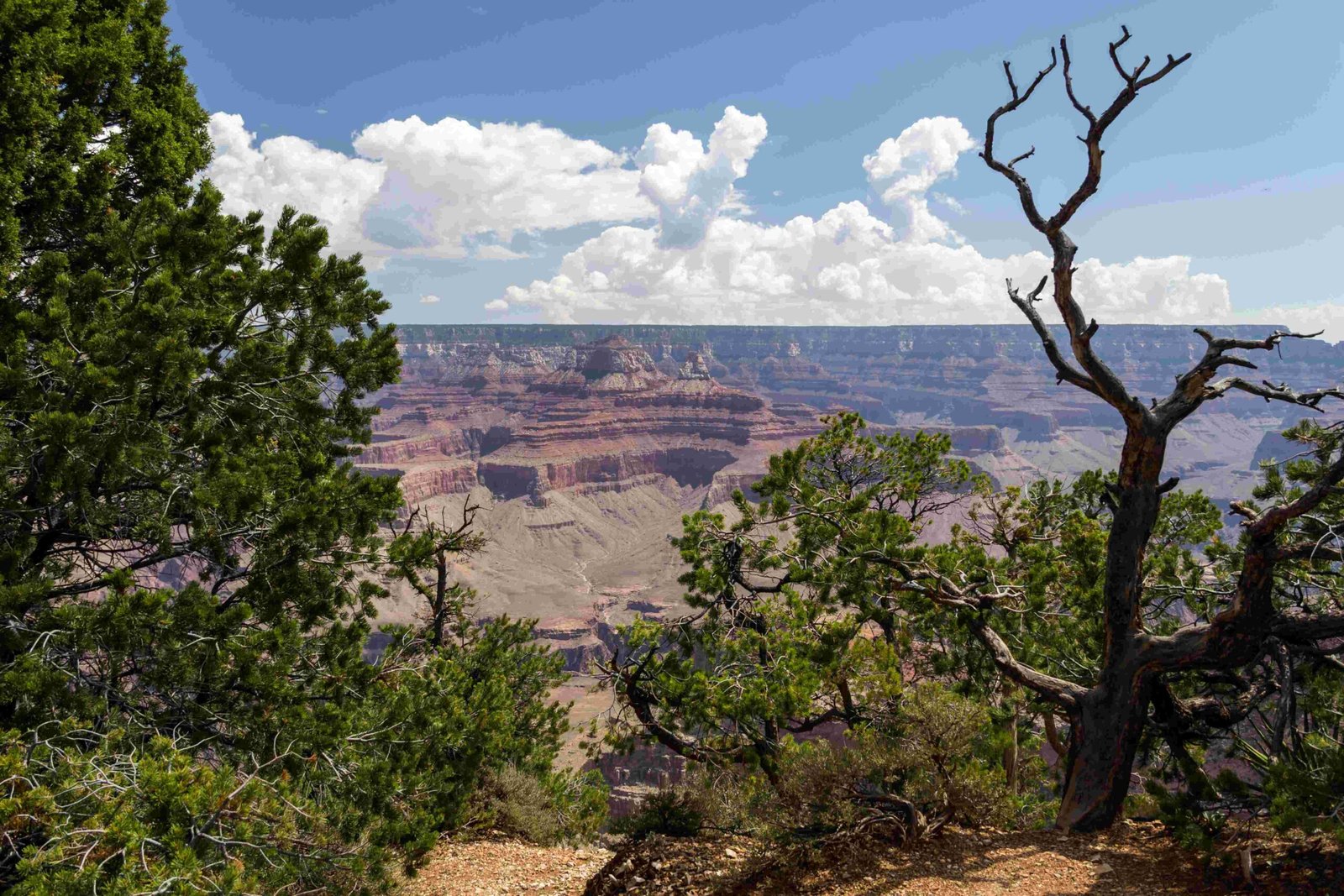The Grand Canyon’s Colorado River hosts an extraordinary sequence of rapids ranging from gentle riffles to heart-pounding Class 8-10 challenges. Spanning approximately 280 miles, these rapids offer an unparalleled whitewater experience, with each mile presenting unique geological formations, water dynamics, and navigational challenges that test even the most experienced river runners.
What Makes Grand Canyon Rapids Unique?

Grand Canyon rapids represent a specialized classification system distinct from traditional river difficulty scales. Unlike standard international ratings, these rapids use a complex 1-10 scale that considers multiple factors beyond simple water turbulence.
How Are Grand Canyon Rapids Classified?
Rapids in the Grand Canyon are evaluated based on several critical parameters:
| Difficulty Level | Characteristics | Example Rapids |
|---|---|---|
| Class 2-3 | Small waves, minimal maneuvering | Paria Riffle, Cathedral Wash |
| Class 4-5 | Medium waves, significant navigation required | Badger Creek, Soap Creek |
| Class 6-8 | Large waves, complex navigation, potential hazards | Bedrock, Deubendorff |
| Class 8-10 | Extreme challenges, massive waves, technical expertise needed | Lava Falls, Crystal Rapid |
Where Do the Most Challenging Rapids Occur?

Upper Grand Canyon Rapids
The initial stretch of the Colorado River through the Grand Canyon features several notable rapids:
- House Rock Rapid (Mile 17.1): Class 5-7 difficulty
- Badger Creek Rapid (Mile 8.0): Medium to large wave challenges
- Soap Creek Rapid (Mile 12.1): Requires significant navigational skills
Middle Grand Canyon Rapids
As rafters progress, the complexity increases:
- Georgie’s Rapid (Mile 23.5): Named after rafting pioneer Georgie White
- Specter Rapid (Mile 129.2): Demands precise maneuvering
- Bedrock Rapid (Mile 131.1): Considered one of the most technically challenging sections
Lower Grand Canyon Rapids
The final section presents the most extreme challenges:
- Upset Rapid (Mile 154.0): Class 7-8 with substantial wave formations
- Lava Falls Rapid (Mile 179.7): Arguably the most famous rapid, featuring a 30-foot drop
- Crystal Rapid (Mile 98.5): Often rated as the most technically demanding section
What Factors Influence Rapid Difficulty?
Several elements contribute to a rapid’s classification:
- Water volume
- Geological rock formations
- Current speed
- Seasonal water levels
- Underwater obstacles
When Is the Best Time to Navigate These Rapids?
| Season | Water Conditions | Recommended Experience Level |
|---|---|---|
| Spring | High water levels | Advanced rafters |
| Summer | Regulated dam flow | Mixed skill levels |
| Fall | Lower, more stable levels | Intermediate to advanced |
| Winter | Lowest water levels | Experienced professionals |
Safety Considerations for Grand Canyon Rapids
Navigating these rapids requires:
- Professional guide expertise
- Proper safety equipment
- Physical fitness
- Advanced swimming skills
- Mental preparedness
Who Should Attempt These Rapids?
- Individuals with previous whitewater experience
- Those in excellent physical condition
- Participants aged 12 and above
- Individuals comfortable with potential high-risk scenarios
Preparation and Planning
Successful Grand Canyon rapid navigation demands:
- Comprehensive pre-trip training
- Understanding individual rapid characteristics
- Selecting appropriate rafting packages
- Investing in quality equipment
- Mental and physical conditioning
Pro Tip: Always choose reputable rafting companies with extensive Grand Canyon experience.
Cost and Trip Duration
- Full Canyon Trip: 12-14 days, $2,000-$4,000
- Upper Canyon Trip: 4-7 days, $1,000-$2,500
- Lower Canyon Trip: 4-7 days, similar pricing to Upper Canyon trips
Final Insights
Grand Canyon rapids offer an unparalleled adventure, combining geological wonder with extreme sports challenges. Each rapid tells a unique story of water’s persistent power against ancient rock formations.

